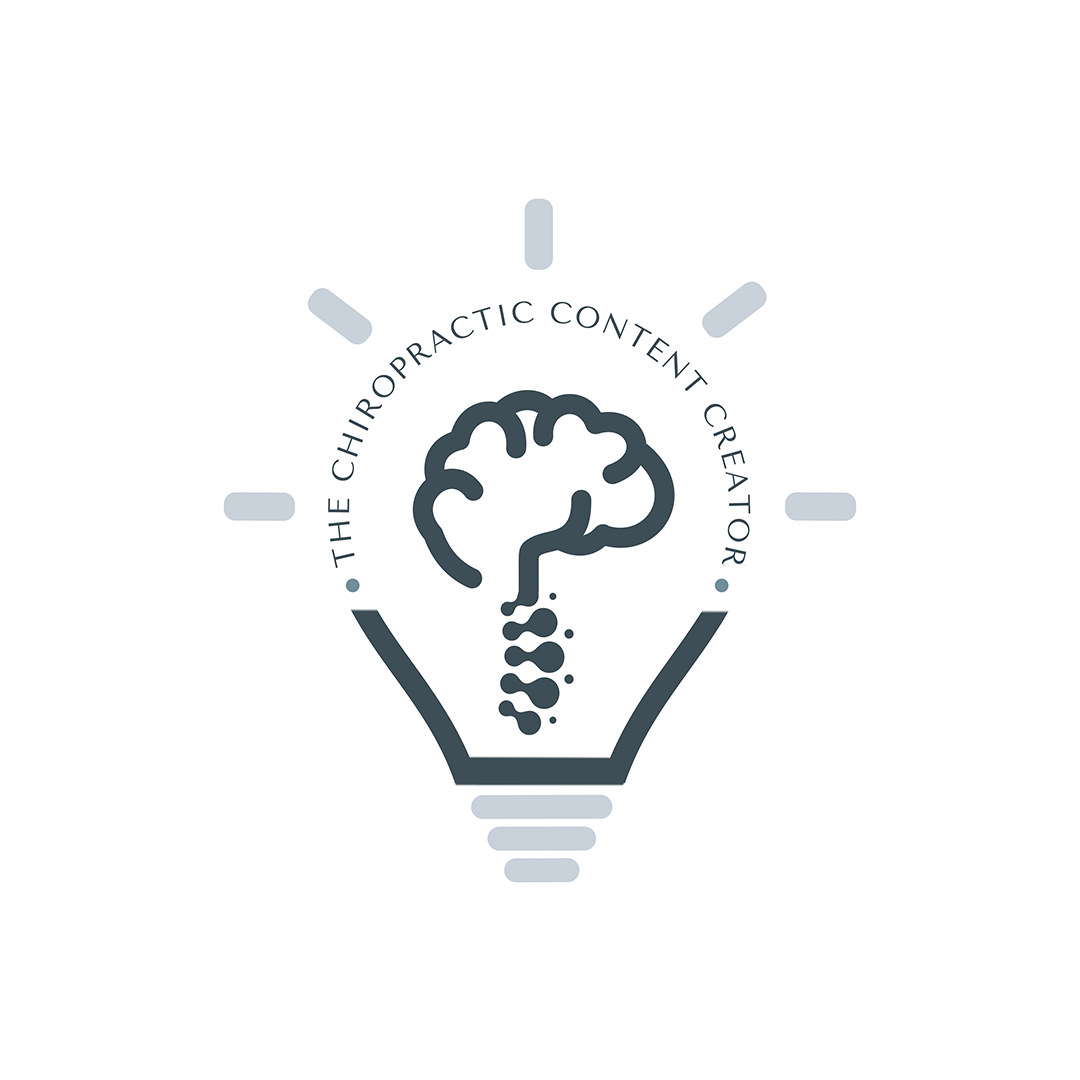Want to write a great blog post that tons of parents will read not just now, but for months and months to come?
A pediatricians’ blog can offer insightful advice to parents, establish relationships with families and serve as an opportunity to attract new patients. Blogging allows you to become an online authority on a particular topic, which will bring more exposure to your practice. Use your blogs to educate and inspire people. Offering helpful information on a blog can deliver the answers families need, even when your office is closed.
Stay with me—I’m about to explain how to write a blog post from start to finish.
How to pick a topic for your blog
Creating and maintaining a blog can be a simple process. It’s just a matter of putting the right steps in place. The first step of writing a blog is finding a topic that provides value to your potential clients. You may be wondering how to find a valuable topic.
Now, before jumping to the “ways” to find content ideas for your blog, let’s address this…
If you are often thinking “what should I blog” — you’re in trouble. Instead, that question should be “what do my patients want to read”.
You have one responsibility — yup, just one. And that is to serve your patients. The better you know them, the better you serve.
Your aim should be, what your patients want — and not what you want them to want. If you’re not solving your patient’s problems, there’s no reason for them to stick around.
Here are the top 2 tips to get blog content ideas:
- Use the patient’s FAQ
To get the best blogging ideas for your blog, you need to reach out to your audience. Use your patient’s FAQ and try to grab a topic that is asked the most.
- Use answerthepublic.com
This is an exciting tool for blog topics. This is a creative tool for finding every variation of a search term which helps to find ideas and questions.
If you’re looking for awesome topics, you’ll need to do some digging. It’s not really that hard to mine up great topics – it just takes some time (and practice).
Importance of creating the blog outline
Great blog posts don’t just happen. You need a rough idea to keep them on track. This is where outlines come in.
For example,
– H1 Title
– Introduction
– H2 (Topic 1)
– H2 (Topic 2)
– H2 (Topic 3)
– Conclusion
This way, before you start writing, you’ll know which points you want to cover and the best order to do so. Once your outline is complete, follow the steps below-
- The next step is actually writing the content. Now that you have your outline, you’re ready to fill it with your content. Research 3-4 sub-headings that relate to your topic and put them in the H2 section. Use your outline and expand on all points as needed.
- The most important thing here is to grab your client’s attention. If you lose them in the first few sentences of the introduction, they’ll stop reading. Yes, that’s true.
- Then, explain how it will address a problem your ideal patients may be experiencing. This will give them a reason to continue reading and show them how the post will help them improve their lives.
- You’re almost at the finish line! YAY…When writing your conclusion, put yourself back in the shoes of your ideal patients. What will their lives be like if they accomplish the advice in your post? How will they feel? This way, you can motivate them to take action.
- Don’t forget to enhance your blog post with engaging, relevant images. Images break up the text and give your readers short breaks as they work through your content.

Why do headings matter? – Importance of H1 and H2
“H1 and H2” refer to the kind of heading you use! An H1 is the main heading while H2 are supporting headings. Headings will enable you to create engaging, easy to read and well-arranged content that will be much appreciated by your ideal patients and search engines equally. H1 and H2 heading allow you to structure your blog in a clear and engaging format.
H1 and H2 tell the importance and position a heading has in the blog. They help communicate the key points in your content to a search engine so that they can direct internet users to the most relevant pieces of information. They are usually the most notable content on the page and are the most important SEO feature. They are used to make the search engine aware of the content of your page.
Conclusion
There you have it, folks! Follow the steps and tips that are covered above to start writing your blog today. Once your blog is up and running, you’ll be surprised at the opportunity it brings for you.
J Mercer Marketing Can Help Get You There
This whole process might seem daunting, and that’s okay!
You’ve got a practice to run and family to spend time with.
Maybe we could help. We offer services like blogging, social media content creation, and lead generation that can bring your ideal patient right to you.
& I love a good discovery call, so book one now to see if we’d be a good fit!

